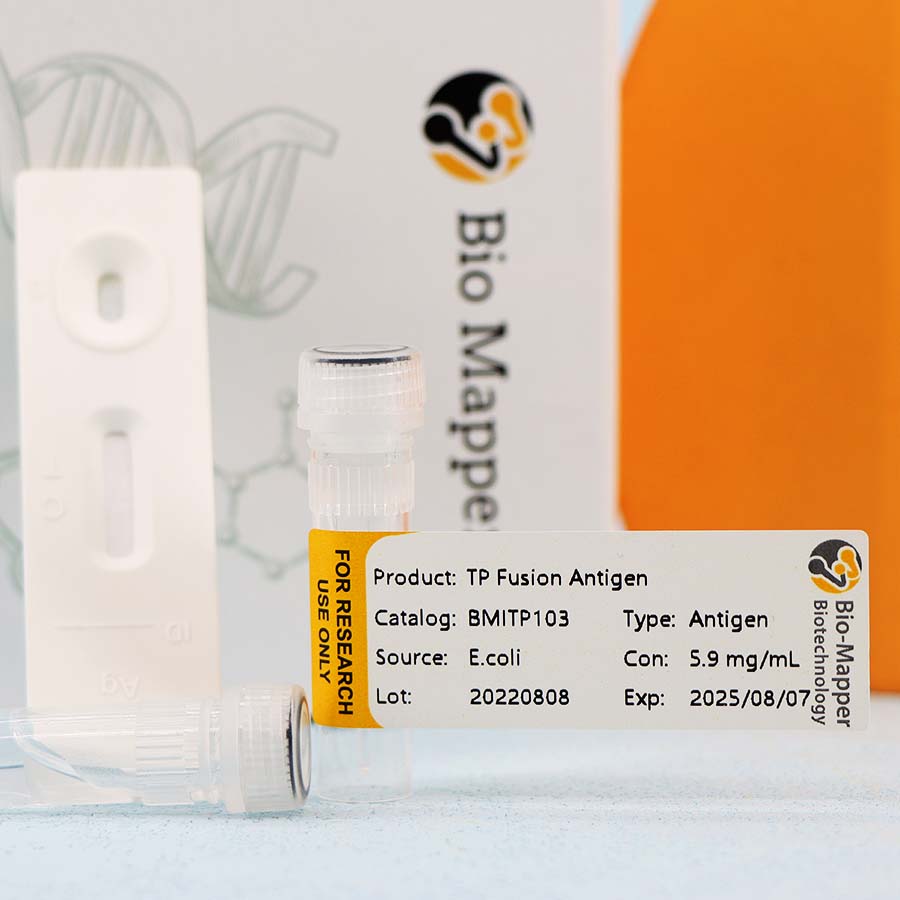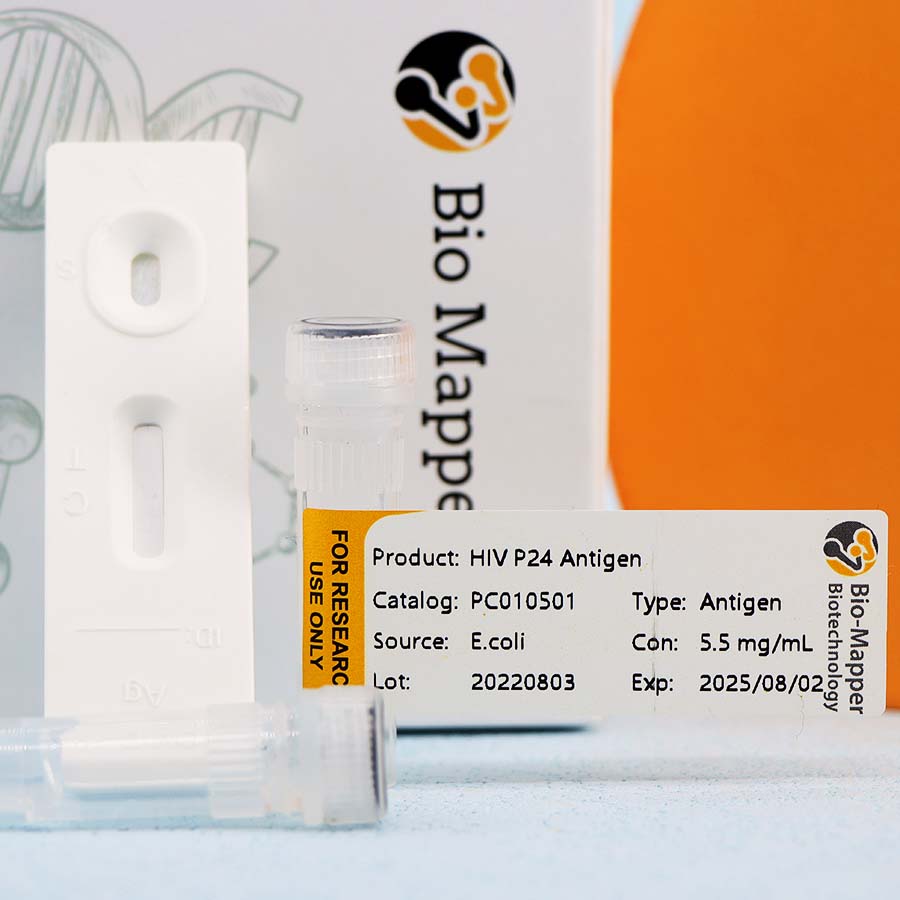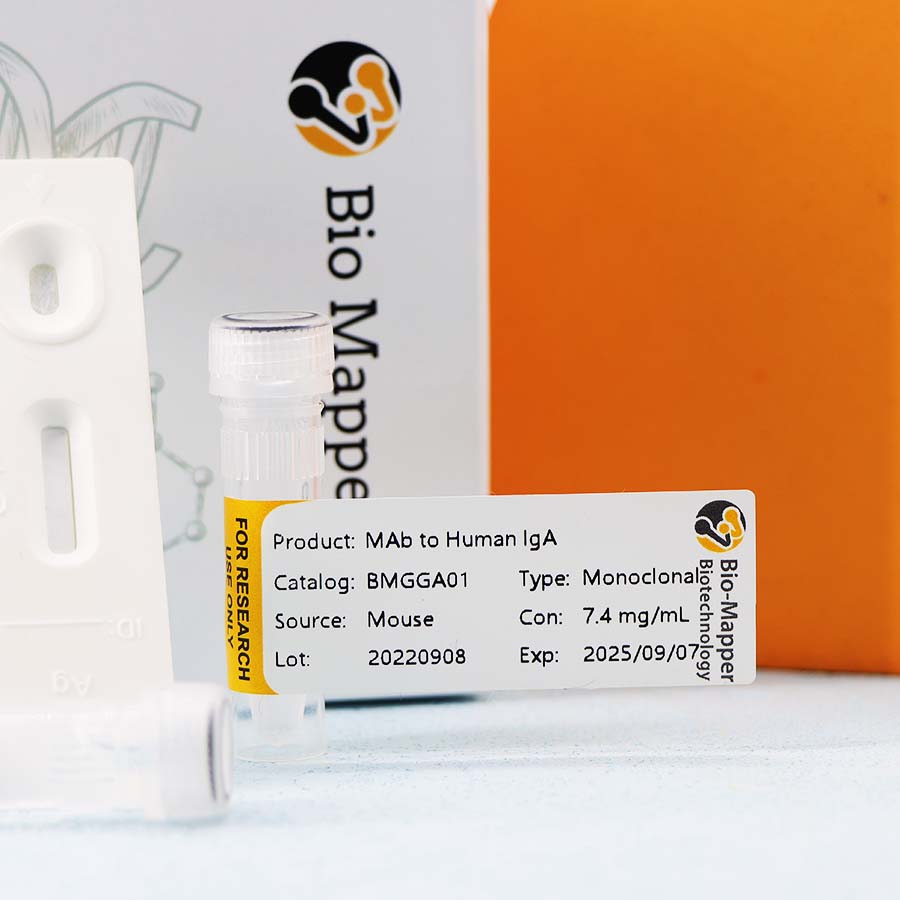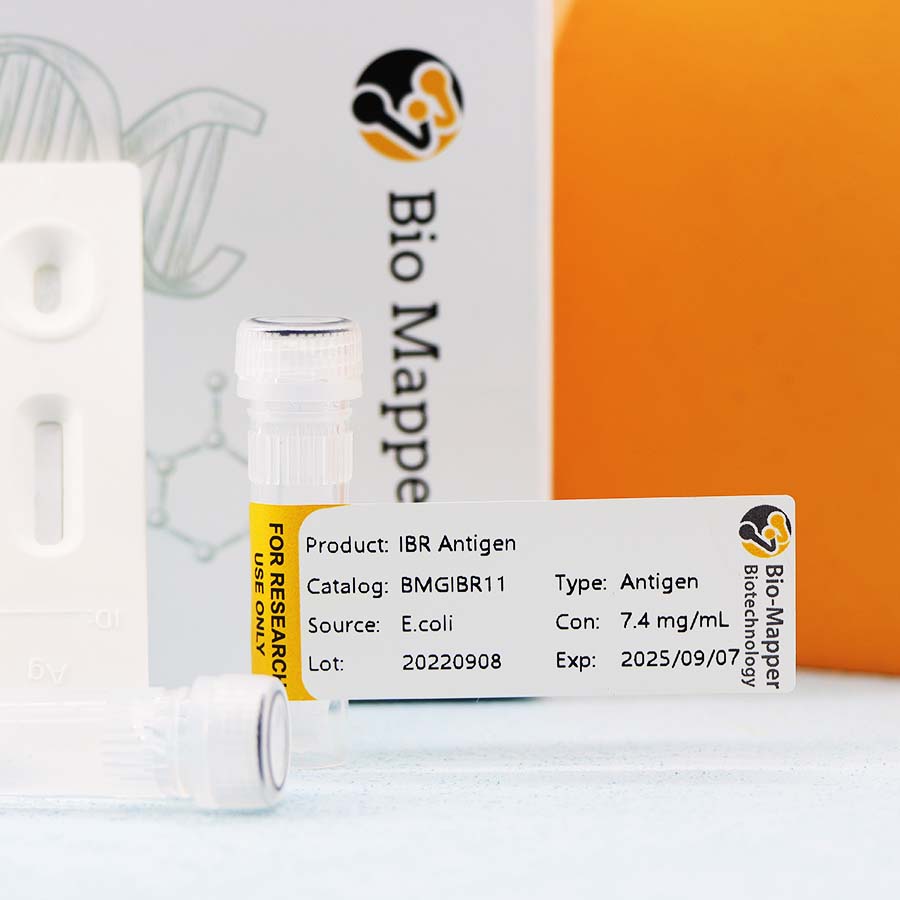Basic information
1. Phase I syphilitic hard chancre should be differentiated from chancre, fixed drug eruption, genital herpes, etc.
2. Lymph node enlargement caused by chancre and venereal lymphogranuloma should be differentiated from that caused by primary syphilis.
3. The rash of secondary syphilis should be differentiated from pityriasis rosea, erythema multiforme, tinea versicolor, psoriasis, tinea corporis, etc. Condyloma planum should be differentiated from condyloma acuminatum.
Detection of Treponema pallidum IgM antibody
| Product Name | Catalog | Type | Host/Source | Usage | Applications | Epitope | COA |
| TP Fusion Antigen | BMITP103 | Antigen | E.coli | Capture | CMIA, WB | Protein 15, Protein17, Protein47 | Download |
| TP Fusion Antigen | BMITP104 | Antigen | E.coli | Conjugate | CMIA, WB | Protein 15, Protein17, Protein47 | Download |
After infection with syphilis, IgM antibody appears first. With the development of the disease, IgG antibody appears later and rises slowly. After effective treatment, IgM antibody disappeared and IgG antibody persisted. The TP IgM antibody cannot pass through the placenta. If the infant is TP IgM positive, it means that the infant has been infected. Therefore, the detection of TP IgM antibody is of great significance in diagnosing fetal syphilis in infants.










